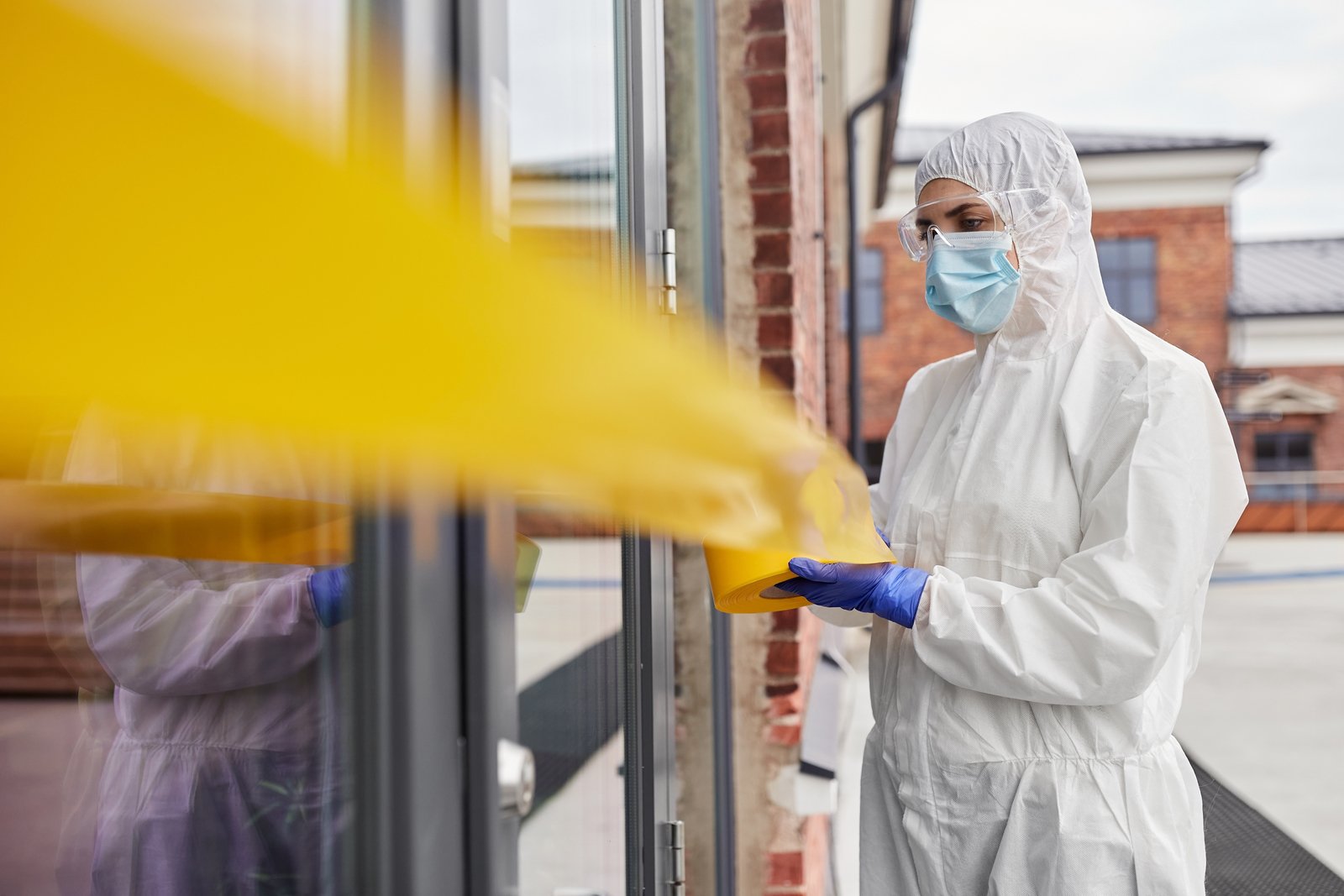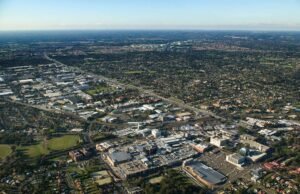
We are the industry leader
Lalor Park Asbestos Removal
Looking for local Asbestos Removal professionals in Lalor Park, New South Wales? We service the whole of the Blacktown. See the full list of suburbs below.
GET IN TOUCH
Schedule an Inspection
Welcome to Sydney Asbestos Removals, your trusted partner in ensuring a safe and healthy environment for your home and workplace. With years of specialized experience in asbestos management, our team of certified professionals is dedicated to providing top-notch asbestos removal services across the region. We understand the risks associated with asbestos exposure and are committed to employing the most advanced and effective techniques in the industry. Our expertise extends to a comprehensive range of services, from thorough inspections and risk assessments to safe removal and disposal, all designed to safeguard your property and the well-being of its occupants.
In the heart of Lalor Park, the challenges of asbestos removal are uniquely intertwined with the area’s rich history and diverse infrastructure. Sydney Asbestos Removals recognizes the importance of local knowledge and the specific needs of this community. We are deeply committed to not only meeting but exceeding the stringent safety standards and regulatory requirements that govern asbestos management in Lalor Park. Our team is equipped with local insights and the latest technology to tackle any asbestos-related issue, ensuring that every project is handled with the utmost care and professionalism. Trust us to secure your environment against the hidden dangers of asbestos, making Lalor Park a safer place for everyone.
GET IN TOUCH
Schedule an Inspection
Lalor Park Asbestos Disposal Contractors
We are a professional team of licensed demolition contractors, that specialise in asbestos removal in the Lalor Park area. We provide abatement and testing for both residential homes and commercial site clean up in Lalor Park NSW.
Lalor Park Profile
Lalor Park, a suburb in the Greater Western Sydney region, has a history of asbestos usage that mirrors the broader Australian experience. Asbestos was widely used in the construction of residential and public buildings due to its durability and fire-resistant properties. In Lalor Park, many homes built during the mid-20th century incorporated asbestos-containing materials (ACMs), particularly in fibro housing, which was a common and affordable style in the post-war era. These homes typically featured a mix of brick veneer and fibro, with the latter often containing asbestos in sheeting, roofing, and fencing. Key buildings and infrastructure, including the local shops, community centers, and older government buildings, also utilized asbestos in various forms. The timeline of asbestos use in Lalor Park’s construction spans from the suburb’s development in the 1950s until the nationwide ban on all forms of asbestos in 2003.
Today, Lalor Park faces the ongoing challenge of managing asbestos safely, especially in its aging buildings and infrastructure. Health implications associated with asbestos exposure, such as mesothelioma, asbestosis, and lung cancer, have prompted local authorities to take action. In prominent locations such as schools and government facilities, asbestos audits and management plans have been implemented to identify and mitigate the risks. Removal and remediation efforts are conducted by licensed professionals, adhering to strict safety protocols to prevent asbestos fiber release into the environment. Public safety measures include community education initiatives to raise awareness about the dangers of asbestos and guidelines on how to handle or report suspected ACMs. Significant health reports have highlighted the importance of these measures, with incidents of asbestos-related diseases in the community reinforcing the need for vigilance and ongoing management of this legacy issue.
GET IN TOUCH

